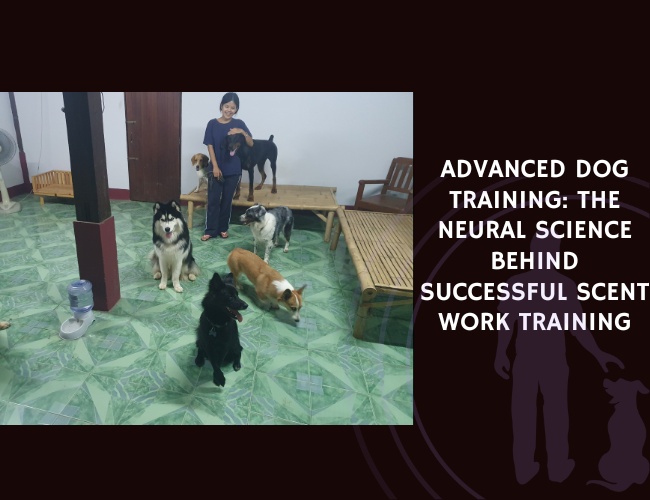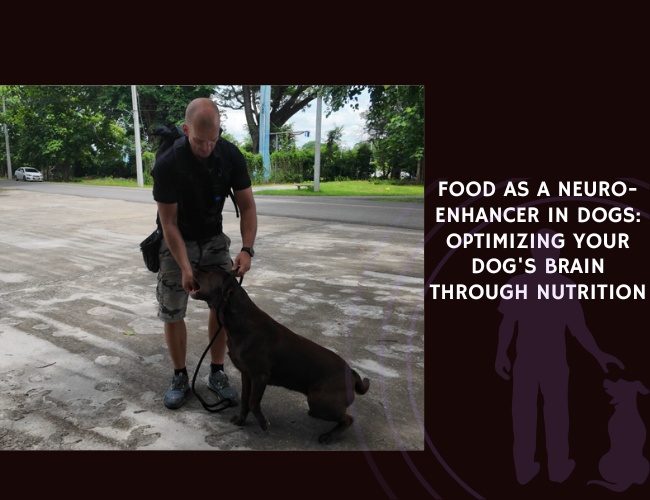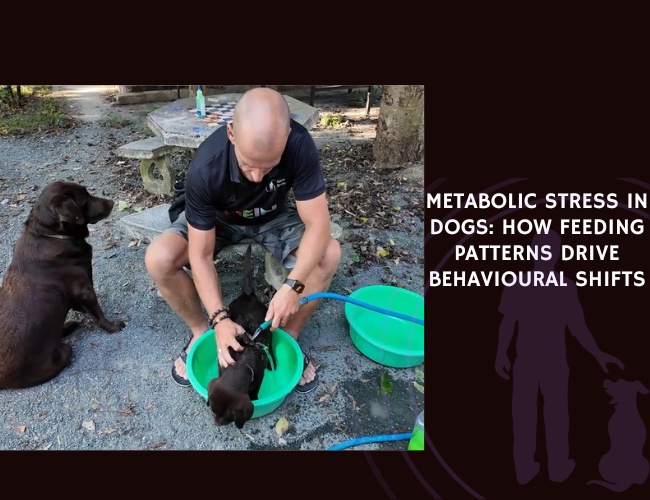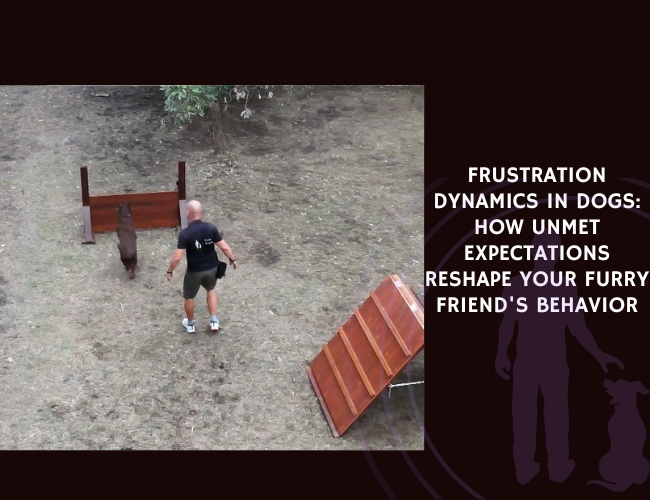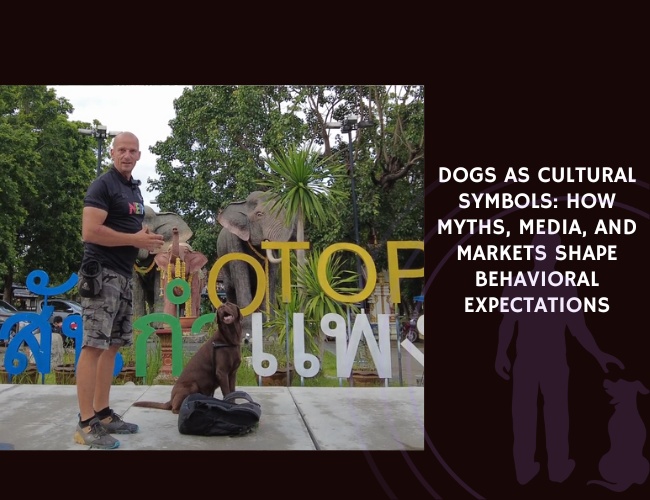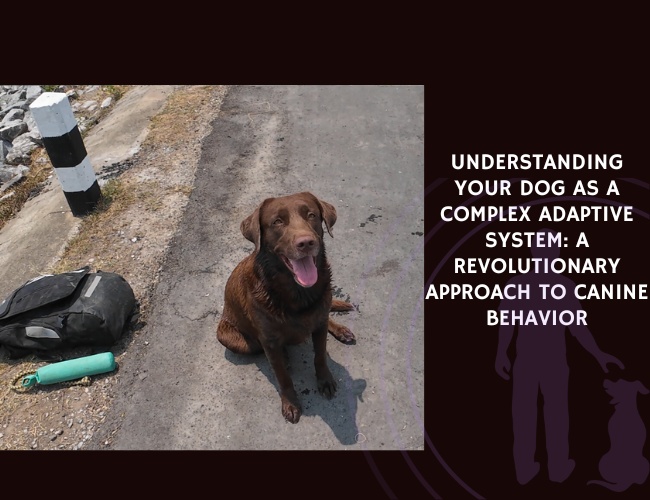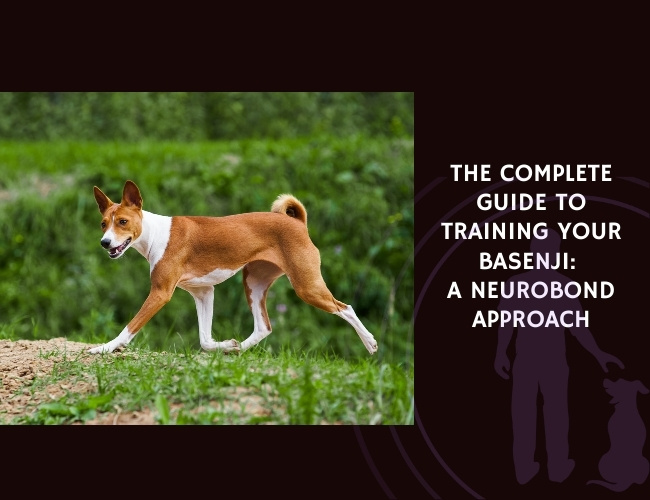Introduction to Canine Scent Detection
The Expanding Roles of Scent Detection Dogs
Scent detection dogs play a vital and growing role in modern society. These dogs assist in search and rescue, security, medical alert, and many other critical environments. Their reliable noses help locate missing people, uncover hidden substances, and even detect health issues in humans. This growing demand for canine scent detection comes from their unmatched ability to locate specific odors in complex environments, a skill that is hard to replicate with technology.
The Science Behind the Super Sniffer
What sets dogs apart as scent experts? It is a mix of specialized brain wiring and impressive learning skills. Dogs rely on olfactory discrimination, which means they can tell the difference between even very similar smells. Their working memory helps them remember the target scent and the steps needed to find it. Focused attention allows them to stay locked on the task, while inhibitory control prevents them from getting distracted by irrelevant odors or signals. The canine brain lights up during these tasks, with areas like the olfactory bulb, amygdala, and prefrontal cortex all playing different roles. These structures work together to process, react to, and remember scent information.
Why Understanding the Science Matters
Knowing how dogs think and learn during scent detection changes how we train them. Training built on scientific principles uses positive reinforcement, shapes complex behavior step by step, and considers how the dog’s brain responds to reward and stimulus. This leads to better results, happier dogs, and reduces training errors. Scientific approaches make training more precise and ethical, supporting the dog’s mental well-being while enhancing their skills.
As we keep learning about the canine mind, trainers and handlers gain new, effective ways to help dogs succeed in their vital working roles. 🐶🔬
The Canine Olfactory System: A Biological Marvel
Built for Scent: How Dogs Outshine Humans
Dogs are living proof that nature designs with purpose. Their noses are true scent machines, and the differences between canine and human olfactory systems are huge! While a person has about five million scent-detecting cells, dogs are equipped with up to three hundred million. Their noses also have a specialized fold that separates air for breathing from air for smelling, allowing them to focus on scents without missing a breath. That’s a superpower many of us would love to have! 🐶👃
A Direct Channel to the Brain
The pathway from nose to brain is also more direct in dogs. When dogs inhale, odor molecules go straight to the olfactory bulb—a major processing center at the front of the brain. This region in dogs is much larger, relative to their brain size, than it is in humans. From the olfactory bulb, scent signals travel to several important brain areas. These include the amygdala, which helps form emotional scent associations, and the prefrontal cortex, which is vital for memory and decision-making.
Sense and Sensitivity: Scent Detection in Action
Why do dogs make such amazing scent detectors? Their noses don’t just find the scent of a treat—they can pick out a target odor from a mix of many competing smells. Dogs use their olfactory prowess for everything from search and rescue to medical detection. They can identify a single drop of blood in an Olympic-size pool, all thanks to their advanced neural wiring and high density of sensory receptors.
This deep biological and neural design helps dogs focus, remember, and discriminate between smells. By understanding how their “super sniffer” works, trainers and handlers can tap into these innate abilities, setting the foundation for truly amazing scent work. Ready to explore the mind behind the nose? Let’s move forward with curiosity and compassion.
Cognitive Processes in Scent Detection
The Building Blocks of Canine Scent Work
Canine scent detection is not just about a sharp nose—it’s powered by an amazing set of cognitive skills that help dogs focus, remember, and make careful choices. Let’s explore the important mental steps that make dogs so good at finding and recognizing scents.
Olfactory Discrimination
One of the most impressive abilities in scent detection is olfactory discrimination. This skill allows dogs to tell apart very similar scents, even in environments full of confusing smells. Through training, dogs learn to recognize the tiniest differences, so they can single out a target odor from distractions. Trainers often present multiple, closely related scents and teach the dog to react only to the one that matters. Careful control of the training environment helps dogs build clear scent associations.
Working Memory and Attention
Dogs rely on strong working memory to keep the target scent in mind and recall the search strategy, even as they move through a busy or distracting environment. Attention comes into play as the dog tunes out unrelated smells and zeroes in on what they’re supposed to find. Maintaining this focus requires both practice and support from the trainer, using positive reinforcement to highlight when the dog has made the right choice. Just like humans, dogs can get distracted—but good training builds their ability to stick to the task.
Inhibitory Control
Suppressing the urge to respond to non-target or distracting scents is a subtle yet essential part of scent work. Inhibitory control means the dog holds back, waiting for the right signal before alerting. This helps prevent mistakes and keeps detection work reliable. Training for this skill uses clear cues and structured exercises, so dogs learn patience and self-control while searching.
Working together, these cognitive skills allow scent detection dogs to solve complex scent puzzles with accuracy and confidence. As we dive deeper into the neural mechanisms behind their impressive skills, we see just how extraordinary these canine teammates truly are. 🧠🐶
Neural Mechanisms Behind Scent Work
Key Brain Regions in Scent Detection
Dog scent detection relies on a network of brain regions, each with a special job. The olfactory bulb is where it all starts. As a main processing hub, the olfactory bulb quickly sorts through the millions of scent signals a dog’s nose collects, helping it decide if an odor is important or should be ignored. From here, scent messages travel to other important areas tied to learning and emotions.
The amygdala steps in next, attaching meaning and feeling to each scent. If a scent is linked to a happy event, like a favorite treat or fun game, the amygdala helps create a positive association. This is essential in scent training, as positive feelings boost a dog’s enthusiasm and performance during work.
What makes scent detection even more fascinating is the role of the prefrontal cortex. This brain region manages higher-level tasks, like working memory, attention, and self-control. During scent work, dogs stay focused on the target odor, remember search patterns, and avoid responding to distractions. The prefrontal cortex supports these skills, giving dogs the power to filter out irrelevant smells and suppress false alerts.
Emotional and Cognitive Influences
The close relationship between emotion and scent memory explains why positive reinforcement works so well in training. Dogs store emotional connections with certain odors, making them more likely to find and report on target scents. The neural teamwork between the olfactory bulb, amygdala, and prefrontal cortex turns scent detection from just sniffing into an organized, goal-driven task.
Together, these brain systems allow dogs not only to notice scents but to make smart, mission-focused decisions in real time. 😊

Learning Theory Foundations for Scent Work
Shaping Complex Scent Behaviors
Training scent detection dogs is both an art and a science. The process starts by breaking down complex tasks into small, easy-to-learn actions, known as micro-behaviors. For example, a dog might first be rewarded for simply moving toward a scented item. As the dog learns, the trainer shapes this action—rewarding steps like sniffing, indicating the scent, and returning to the handler. This method, called shaping, uses successive approximation: each small step gets the dog closer to the final goal.
Chaining is also essential. Trainers can build the task from start to finish (forward chaining) or from the completed action backward (backward chaining). Which method to use depends on both the specific scent task and the dog’s learning style. Both approaches help reduce errors and build strong, reliable behavior patterns.
Strengthening Neural Connections with Positive Reinforcement
Positive reinforcement plays a crucial role in helping dogs learn scent detection. Every time a dog performs the correct behavior, immediate rewards—such as treats, toys, or praise—help strengthen the neural pathways linked to scent work. This not only makes learning faster but also makes the desired behavior more resilient. The timing of the reward is critical: if the reinforcement comes too late, the mental connection weakens, especially when teaching multi-step behaviors. Immediate feedback ensures the dog associates the action with the reward, building a strong and reliable response. 🦴
The Importance of Timing
Reward timing isn’t just a technical detail—it’s a game-changer. Quick rewards create a clear link between the action and the outcome in the dog’s brain. Delayed rewards can confuse the dog, leading to mistakes or slower learning. To keep dogs motivated and successful, trainers must be precise and consistent with their reinforcement.
A deep understanding of learning theory supports trainers in building smart, joyful scent detectors. As training moves forward, this foundation paves the way for exploring the next stages of skill development.
Breaking Down Complex Tasks: The Shaping Process
What Is Shaping and Why Is It Important?
Teaching a dog complex scent work isn’t magic—it’s careful science! 🧩 Trainers break big tasks into small, simple actions, called micro-behaviors. Imagine teaching a dog to find and signal a scent. Instead of jumping straight to the final, complex behavior, trainers start with easy steps: approaching the scent, sniffing, indicating, and returning to the handler. Each micro-behavior is taught and reinforced separately, making learning clear and achievable for the dog.
This step-by-step method is known as shaping. It relies on reinforcing each tiny improvement (successive approximation), guiding the dog smoothly toward the full scent detection routine. Quick and positive feedback motivates the dog, building solid neural pathways and making each skill stick.
Backward Chaining vs. Forward Chaining
Trainers use two main methods to link micro-behaviors: backward chaining and forward chaining.
- Backward chaining begins with the final action and works in reverse. For example, the dog first learns to give an indication at the scent source, then learns to approach the scent, linking earlier steps one by one.
- Forward chaining starts from the beginning. The dog learns the first step, then each new step builds on the previous one.
The choice depends on what works best for the dog and the scent task at hand. Both techniques are effective, as long as each step is manageable and rewarded clearly.
Task Complexity, Learning, and Errors
Complex scent work means more steps and more opportunities for errors. The more complicated the task, the longer it takes to train. Complex tasks can also lead to more mistakes and lower memory retention. That’s why breaking tasks into small pieces is so helpful. Training with small steps ensures dogs have time to learn each part well, remember it, and feel successful along the way.
By understanding these techniques, trainers can support scent detection dogs in thriving while keeping sessions fun, supportive, and rewarding for everyone involved. 🌟
Nose. Brain. Mission.
Scent work isn’t instinct—it’s intelligence in action.
Behind every confident sniff lies a neural symphony: memory, focus, self-control. This is where biology meets behaviour—on purpose.
The nose is only the start.
Dogs don’t just smell—they analyse, compare, and decide. Their olfactory bulb processes millions of particles. The amygdala gives them meaning. The prefrontal cortex guides action. Every find is a neurocognitive feat.
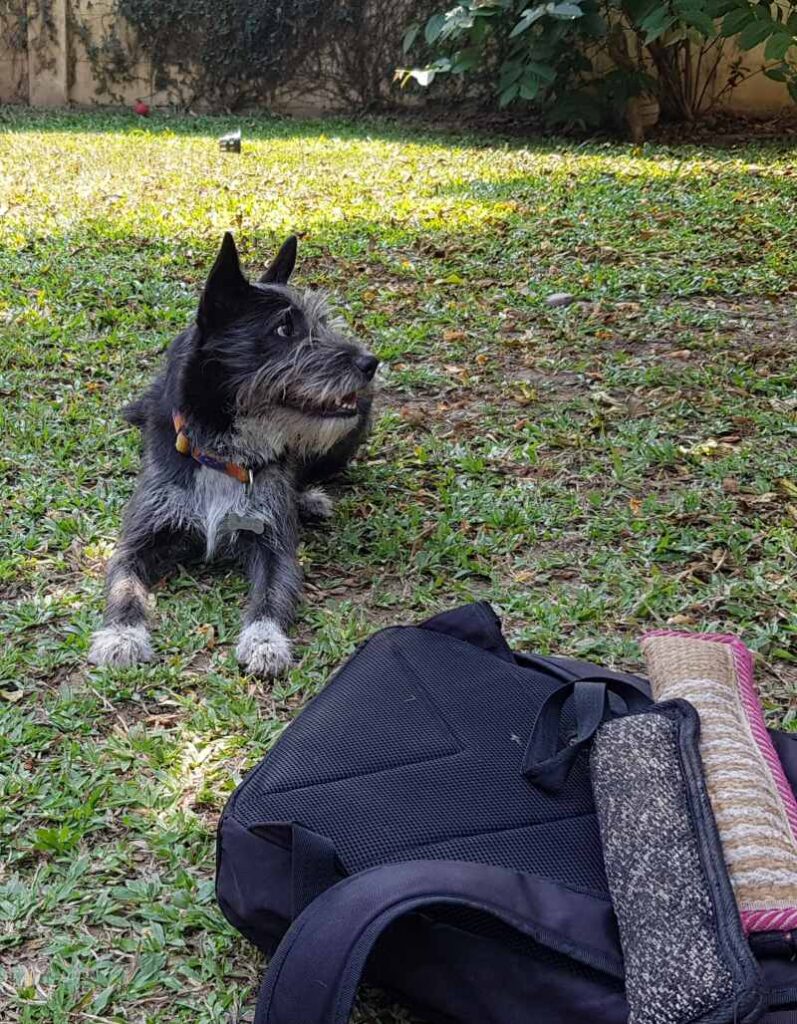
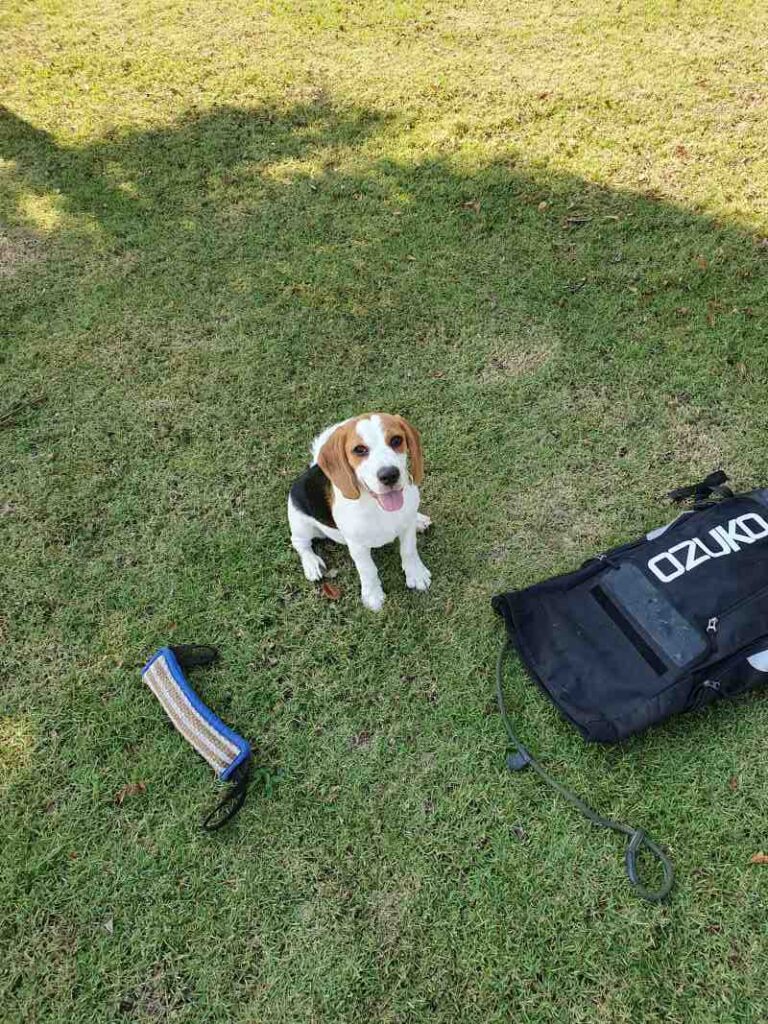
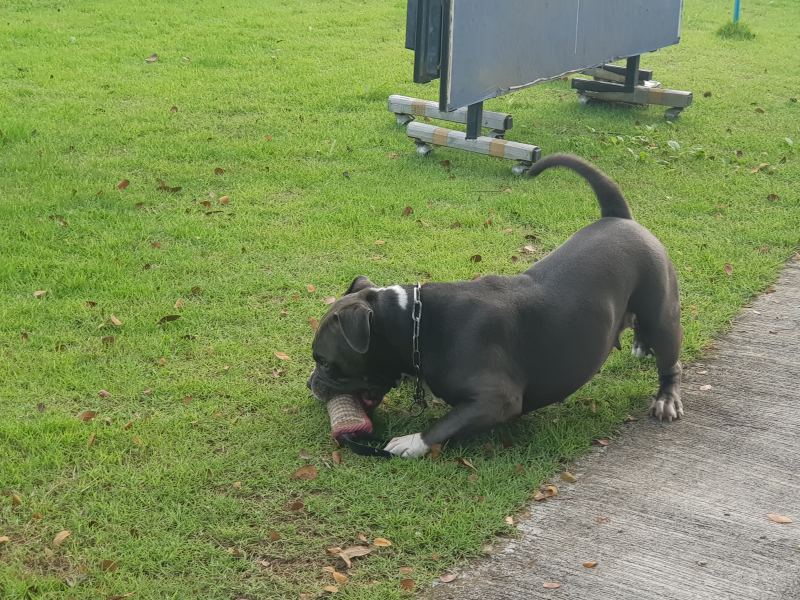
Train the brain, not the trick.
True scent detection is shaped through structure, not shortcuts. You’re not just teaching a signal—you’re building a thinking partner. Sniff by sniff, decision by decision. 🎯
The Scent Detection Training Progression
Imprinting: Building Strong Scent Recognition
The first vital step in creating a successful scent detection dog is imprinting. During imprinting, trainers help dogs become very familiar with a particular target scent. By regularly exposing dogs to this scent in fun and positive ways, the dog’s brain forms strong, lasting associations. The neural basis for this lies in memory centers and the olfactory bulb, which “lock in” the smell and connect it to a reward. A dog that is well-imprinted will quickly recognize the target scent, even when distracted. 🦴
Indication Training: Teaching Reliable Alerts
Once a dog recognizes a scent, it must learn to reliably alert the handler. This is called indication training. Trainers usually select a clear alert behavior, like sitting or pointing. This behavior is strengthened with immediate positive reinforcement, such as treats or praise. Timely rewards are key—giving the reward as soon as the dog performs the correct indication helps create a strong scent-reward connection in the dog’s brain. Over time, the dog will consistently perform the alert behavior whenever it detects the target scent.
Search Strategy Development: Creating Systematic Patterns
After mastering scent recognition and indication, the final step is teaching the dog how to search effectively. Dogs learn systematic search patterns, such as moving in a grid or sweeping an area. Breaking down the search into small, manageable actions helps the dog focus and reduces errors. Slowly building up these behaviors and chaining them together ensures the search process is smooth and reliable. 🕵️♂️
Mastering each stage—imprinting, indication, and search patterns—lets dogs perform at their best, even in challenging situations. This progression sets the stage for overcoming environmental and real-world challenges in scent detection work.
Environmental Challenges in Scent Work
How Weather and Environment Affect Scent Detection
Training a scent dog isn’t just about teaching the right behaviors—it’s also about understanding the science of scent movement. Environmental conditions play a huge role in a dog’s ability to find and follow scents. Wind, temperature, and humidity change how scents travel. For instance, strong winds might blow scent particles away from the search area, making it harder for dogs to locate the target. High humidity often helps scents linger, but heat can make some odors rise and disperse quickly. Cold, still air can trap scents near the ground, making detection a bit simpler for the dog.
Handling Scent Volatility and Contamination 🚩
Some scents vanish quickly, while others stick around and can be overwhelming. This is called scent volatility. A very volatile scent may disappear before a dog arrives on the scene. On top of that, contamination—when other smells cover or mask the one you want your dog to find—complicates training and real-world work. Dogs might be distracted by leftover fragrances from previous training sessions or by natural scents like grass and animals.
Training Dogs to Cope with Real-World Challenges
Smart trainers set their dogs up for success by practicing in a variety of conditions. Here’s how they help dogs adapt:
- Start in controlled environments, then slowly introduce challenges, such as open fields with more wind or rooms with other smells.
- Change training routines so dogs learn to ignore distractions and contamination, focusing on only the target scent.
- Make sure dogs practice with scents at different concentrations, so they can handle both strong and faint odors.
By taking a scientific, supportive approach with variable, real-world training, teams help working dogs perform their best, no matter what the weather brings or where the search takes place. 🌦️
Next, we’ll look at the special relationship between handlers and their dogs, and how teamwork is built for scent success.

Balancing Handler Guidance and Canine Independence
The Science of Handler-Dog Communication
Developing effective communication between handlers and scent dogs starts with understanding the dog’s brain. When working on complex scent tasks, a dog’s prefrontal cortex helps them focus and remember handler cues, while their olfactory bulb processes smells. At the same time, the amygdala handles the emotions tied to scent detection, which can affect a dog’s motivation and focus. By learning more about these brain functions, trainers can communicate in a way that is clear and supportive, boosting both trust and success.
Gradual Fading of Handler Cues
At the beginning of training, handlers give close guidance—lots of signals, feedback, and rewards. As a dog’s skills improve, the support is slowly reduced. This shift encourages independent decision-making during searches. Handlers may limit verbal or physical cues after the dog has shown confidence, only rewarding the dog for truly independent work. This careful reduction helps improve olfactory discrimination and working memory, letting dogs make choices in changing environments without being reliant on their handler at every step. 🎯
Building Robust and Clear Communication Systems
Clear communication is essential, especially when the environment is full of distractions or complex scent patterns. Handlers must keep their signals consistent to avoid confusion. Conversely, dogs are trained to respond reliably to only the most relevant cues. This foundation helps maintain performance quality even when the session becomes tricky or new. Simple systems—like using one clear signal for alerting to a find or establishing a predictable routine—are most effective for seamless teamwork.
As handlers and dogs learn to trust each other through these steps, the groundwork is set for advancing to more sophisticated scent detection goals.
Advanced Training Techniques for Scent Detection
Variable Reinforcement Schedules
If you want your scent detection dog to stay motivated and reliable, mixing up your reward timing is key! A variable reinforcement schedule means the dog does not know exactly when the treat will come. Sometimes, the reward comes right away; other times, it might take a few tries. This unpredictability helps keep your dog alert and focused. Dogs trained this way tend to work harder, showing more persistence and making their scent detection behaviors less likely to fade even if rewards are scarce for a while. Simply put, switching up rewards boosts motivation and keeps behaviors strong 🐾.
Discrimination Training: Recognizing the Right Scent
Teaching a dog to tell similar scents apart is a skill all its own. Discrimination training is the process where dogs learn to identify a target scent, even with tempting distractions around. Trainers introduce different scents, including look-alikes, so dogs learn to think, “This is it!” and ignore what doesn’t matter. Working in a controlled environment allows trainers to fine-tune this skill, helping dogs make fewer errors when things get tricky in the real world. Clear, focused training turns sniffing into a science!
Generalization Training: Taking Skills Everywhere
Dogs also need to use their amazing noses in lots of settings, not just in the training room. Generalization training helps dogs apply what they’ve learned about a scent across various places and conditions. Trainers change things up by adding new locations, surfaces, and even weather. This teaches dogs to seek the target scent, no matter what is happening around them. The ability to generalize is what lets scent dogs shine in search and rescue, medical alerts, and more.
Learning advanced techniques means more confident, capable dogs that are ready for any challenge. 🦴
Preventing Burnout: The Neuroscience of Motivation
Why Motivation Matters in Scent Work
Keeping scent detection dogs motivated isn’t just about treats—it’s about brain chemistry and emotional health. Reward-based training harnesses dopamine, the “feel-good” neurotransmitter, to fuel enthusiasm and focus. Whenever a dog sniffs out a target and gets a reward, their brain releases a rush of dopamine. This not only makes training enjoyable but also helps the dog learn and remember complex tasks more quickly. Informative research shows that using positive reinforcement methods is key for supporting long-term engagement and professional performance in all working dog roles.
Success Experiences Preventing Learned Helplessness
Dogs thrive on success. When training sessions end with a win, dogs develop confidence and resilience. On the flip side, repeated failures or unclear feedback can lead to learned helplessness—where dogs give up trying because they don’t see how their actions lead to reward. To avoid this, trainers should set dogs up for frequent success. Start with achievable tasks and gradually add complexity. This approach not only keeps morale high but also lets dogs build their skills and memory at a steady, supportive pace.
Keeping Training Engaging and Rewarding
Boredom is a real risk for hard-working dogs, but there are practical ways to fight it:
- Mix up training environments to keep things fresh
- Use variable reinforcement schedules, where rewards are given unpredictably to make success exciting
- Offer a variety of rewards: food, toys, praise, or play
Supportive, professional trainers also watch each dog’s mood and energy, switching gears if the dog looks tired or stressed. Short, playful sessions with plenty of positive feedback ensure that scent work stays fun and rewarding. This not only maintains dopamine-driven motivation but also helps prevent training burnout, sustaining top performance and well-being for working dogs. 😊
With motivation foundations set, training can confidently adapt to the unique needs of scent detection work and beyond.
Practical Applications and Future Directions
Bringing Science to Real-World Dog Work
Scent detection training is more than just teaching a dog to sniff out a target—it’s a carefully crafted process rooted in science and empathy. Today, dogs help save lives in roles like search and rescue, medical alert, and security screening. Applying scientific techniques, such as task analysis and positive reinforcement, means dogs learn faster and with fewer errors. Breaking complex jobs into small, clear steps helps both trainers and dogs focus, ensuring that no detail is overlooked. 🦮
Emerging Insights from Canine Cognition
Recent research into how dogs think and learn is changing the way we train. Dogs use working memory, attention, and inhibitory control when searching for scents, much like people use these skills when solving tough puzzles. Understanding brain regions like the olfactory bulb, amygdala, and prefrontal cortex helps trainers design sessions that are more supportive and enjoyable for both dog and handler. This also means that training becomes more adaptable and less stressful, keeping motivation high and reducing the risk of burnout.
Integrating Research and Training for Better Results
The best results come when scientific findings are used directly in practice. Trainers set dogs up for success with immediate rewards and variable reinforcement, making success fun and predictable. When environmental factors like wind or contamination challenge a dog, trainers can adjust sessions to suit the moment. This approach isn’t just informative and professional, but also compassionate—it looks out for the well-being of working dogs and nurtures their natural talents.
As our understanding of canine scent detection grows, trainers and scientists together can achieve even more, ensuring dogs continue to thrive in vital working roles.

